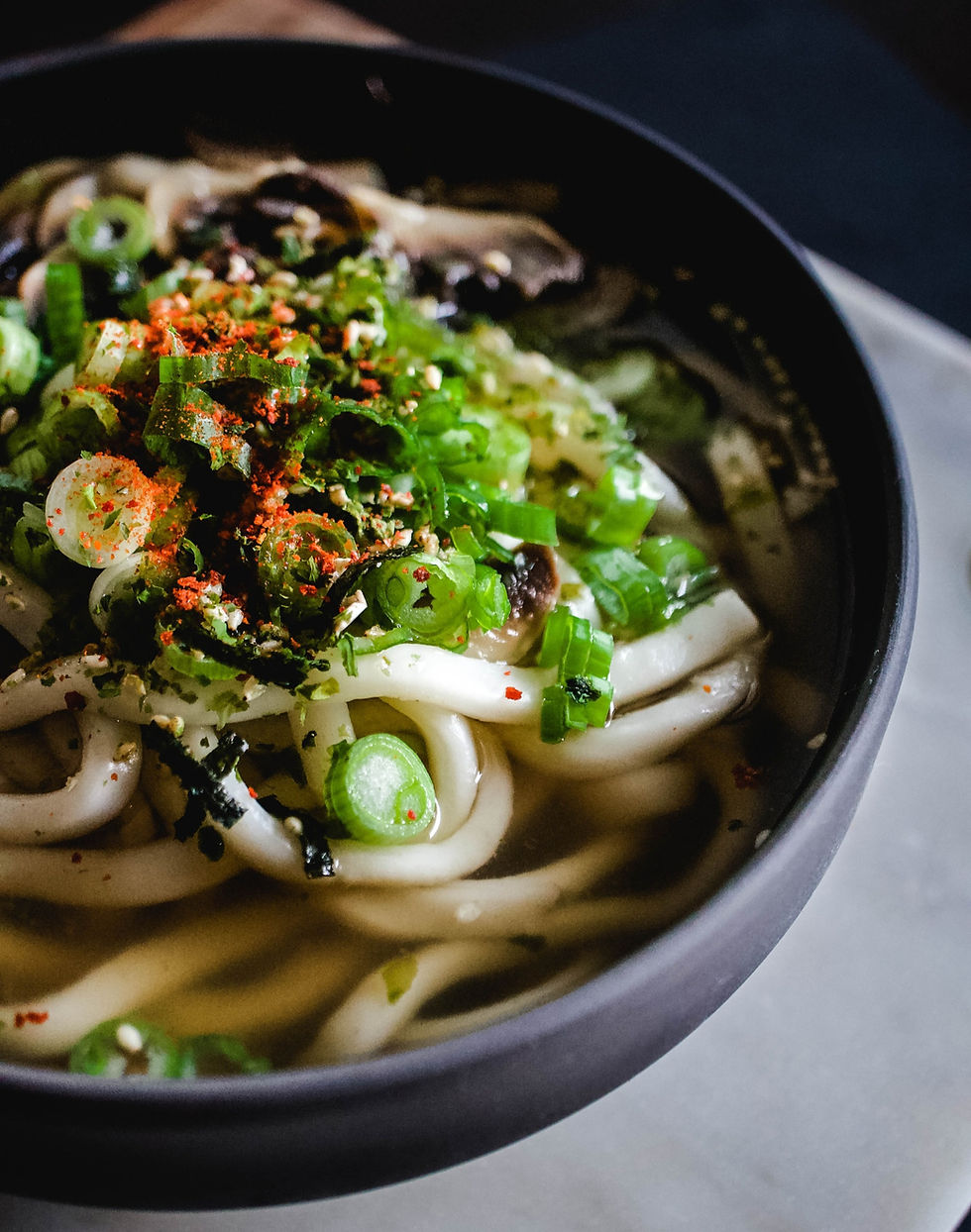As I wrote in my previous article; in July 2019, as part of a longer trip to Shikoku, I decided to visit the Setouchi Triennale art festival, and stayed in the city of Takamatsu.

If you ask Japanese people what comes to their minds when they think of Takamatsu, they will invariably answer two things: udon and the Ritsurin Garden.
The former is undoubtedly delicious and a notch above the udon you will eat in any other part of Japan. The whole prefecture of Kagawa is so inextricably tied to these wheat noodles, that is often nicknamed Udon Prefecture or Udon-ken in Japanese. You may also have heard of sanuki udon, the most common type, with a square-section and a chewy texture; well, they take their name from Sanuki, which is the ancient name of Kagawa prefecture. So no wonder that in the city of Takamatsu udon noodles are a ubiquitous presence.

The Ritsurin Garden, dating back to the Edo period, is regarded as one of the best examples of traditional landscape gardens in the whole country, and it does deserve the glory because it is delightfully designed. Built against the dramatic natural backdrop of Mount Shiun, in the best tradition of shakkei (borrowed scenery), the garden juxtaposes ponds, footpaths, bridges and pavilions in a way to deliver a different scenery at every step. Its name literally means “chestnut grove”, and maybe hints to what existed in the place before the decision to remodel the landscape.

But there is much more to Takamatsu than the Ritsurin and the udon noodles. It is the administrative capital of Kagawa, and the city in Shikoku that is closest to the Japanese mainland; its port offers excellent connections to all the islands of the Internal Sea of Japan, and for this very reason it is also the headquarter of the Setouchi Triennale.
Arriving at the JR station, I was surprised to find an excellent welcome desk for visitors. They provided me with maps of the city, information on how to buy the Triennale Passport for the artworks and installations, and a general introduction to the city’s whereabouts that was very useful to start exploring right away.
The area around the JR station has recently been redeveloped into a pleasant urban space renamed Sunport, with hotels, restaurants, shopping malls, easy access to the ferries and very close to the remains of the old castle, which is very unusually located near the sea.
Takamatsu is an integral part of the Triennale exhibition and hosts several works of art in different areas of the city, such as Julian Opies’s “Banker, Nurse, Detective, Lawyer” near Takamatsu Chikkō station, or Kenji Yanobe’s “Ship’s Cats” that were disseminated around the city’s shopping streets. By the way: did you know that Takamatsu has the largest covered shopping arcade network of all of Japan? It’s an amazing resource during the winter and the rainy season to spend time outside without getting cold or wet!
During the art festival, Takamatsu Port comes alive every evening: the gardens adjacent to the docking piers host a modern matsuri with street artists, live music performances, promotional stands and of course street food! After a busy day spent discovering art here and there, nothing could be better than relaxing in front of a stunning sunset on the islands while enjoying delicious food and a chilled craft beer!
The people are extremely friendly, like to chat and it’s very evident that the Triennale has opened for them a window on the world. The residents of a corner of Japan that was previously often marginalized or deemed unimportant are now fully enjoying the advantages of being at the center of an event that attracts thousands of visitors from all around the world!

In the next article we are going to start island hopping, so don’t forget to come back and read more!















댓글